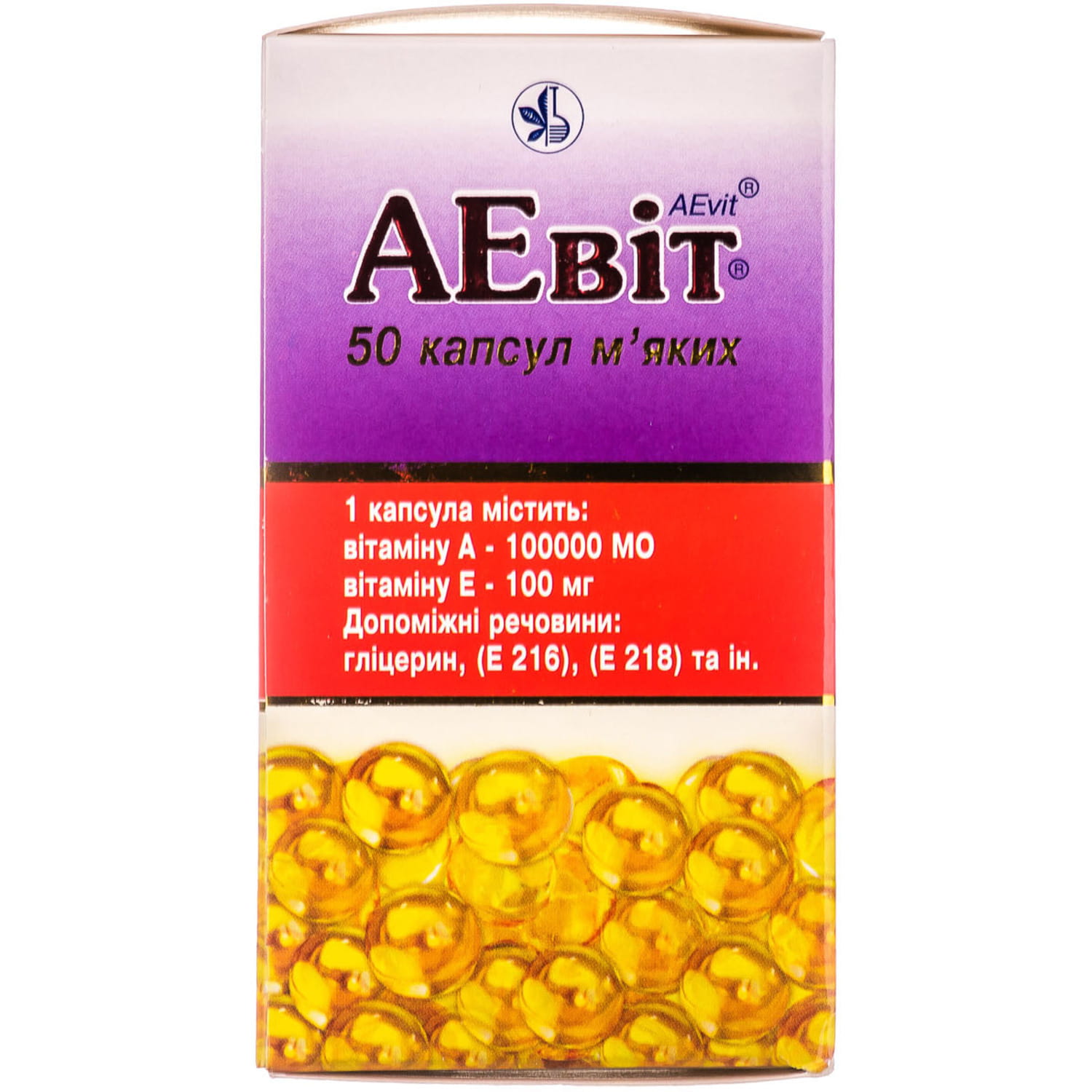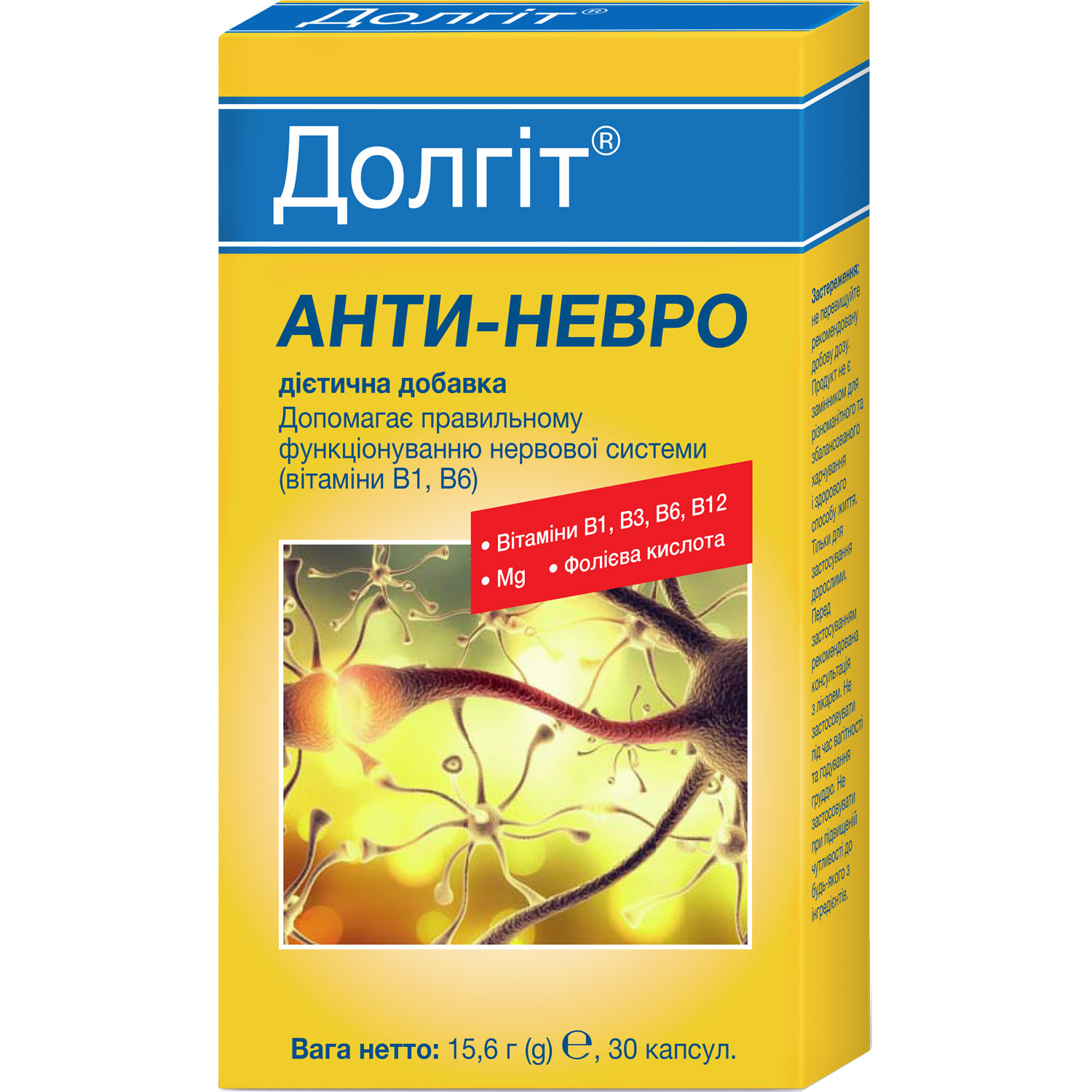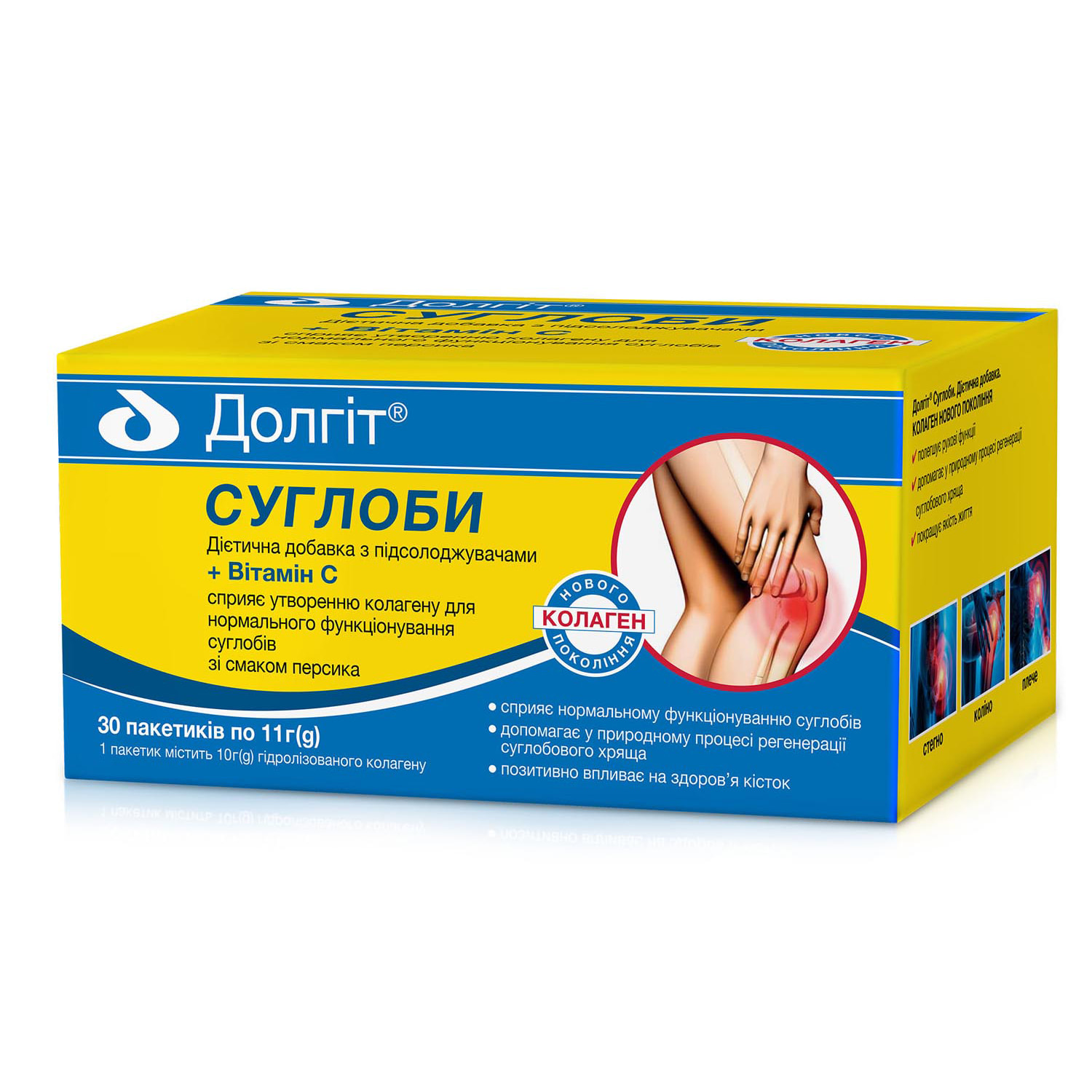- Have any questions?
- +380 (50) 50 73 903
- uapothecary.pharmacy@gmail.com
AEvit (vitamins A+E) soft capsules 50 pcs
Original price was: $30.00.$18.99Current price is: $18.99.
AEvit soft capsules combine the essential vitamins A and E in one powerful supplement, formulated to support overall health, skin vitality, and immune function. Vitamin A is known for its role in maintaining healthy vision, skin, and immune defense, while Vitamin E is a potent antioxidant that protects the body’s cells from oxidative damage and supports cardiovascular health. Each soft capsule is packed with a balanced dose of these vitamins, making it easy to incorporate into your daily wellness routine. Packaged in 5 blisters with 10 capsules per blister, AEvit ensures convenient and precise dosing, whether you’re at home or on the go.
Pharmacological properties
The properties of aevit are determined by the pharmacological effects of fat-soluble vitamins a and e, which are included in its composition. the drug affects the nuclei of cells of target organs and initiates the synthesis of proteins, enzymes and structural elements of tissues, stimulates regeneration processes, increases specific and non-specific resistance of the body. aevit normalizes metabolism, has an active antioxidant effect, restores capillary blood circulation, tissue and vascular permeability, increases tissue resistance to hypoxia.
AEvit is well absorbed in the gastrointestinal tract. Next, vitamins A and E are transported to the lymph, then to the blood plasma, where they bind to specific proteins and are transported to organs and tissue. Excess vitamin A is deposited in the liver, mainly in the form of palmitic acid esters. Vitamin A is excreted with bile into the intestines and participates in enterohepatic circulation. In the liver, it undergoes biotransformation, turning first into active metabolites, and then into inactive metabolic products, which are excreted by the kidneys, intestines and exhaled by the lungs. The elimination of vitamin A is slow – in 3 weeks, 34% of the dose of the drug is removed from the body. Excess vitamin E is deposited in the tissues, creating a depot in them (especially in the liver), which maintains a normal level of vitamin E in the blood plasma. In the body, vitamin E undergoes biotransformation, turning into a number of metabolites with a quinone structure. Vitamin E is excreted unchanged in the bile, in the form of metabolites – in the urine.
Indication
It is used for medical purposes in diseases and conditions that require long-term administration of vitamin A in high doses in combination with vitamin E: atherosclerotic changes in blood vessels, tissue trophic disorders, obliterating endarteritis, psoriasis, lupus erythematosus, optic nerve atrophy, retinitis pigmentosa, in complex therapy cardiovascular diseases (hypertensive disease with signs of left ventricular overload, stable angina pectoris of the functional class II).
Application
It is taken orally after meals, 1 capsule per day for 30-40 days. a repeat course should be carried out if necessary after 3-6 months.
Contraindication
Hypersensitivity to the components of the drug, hypervitaminosis a and e, thyrotoxicosis, chronic glomerulonephritis, gallstone disease, decompensated heart failure, sarcoidosis in history, chronic pancreatitis, pronounced cardiosclerosis, myocardial infarction.
Side effects
From the nervous system and sense organs: increased fatigue, drowsiness, lethargy, irritability, headache, sleep loss.
From the gastrointestinal tract: loss of appetite, nausea, dyspeptic disorders (pain in the epigastric area, diarrhea); very rarely – vomiting.
Allergic reactions, including itching, rash; dry, flaky skin; increase in body temperature; facial hyperemia.
Others: with long-term use – hair loss, pain in the bones of the lower limbs.
With long-term use, exacerbation of gallstone disease and chronic pancreatitis is possible. Long-term intake of vitamin A in high doses can cause the development of hypervitaminosis A.
Special instructions
The drug is used with caution in patients with an increased risk of thromboembolism, severe atherosclerosis of the coronary arteries, chronic insufficiency of blood circulation, acute or chronic nephritis, cholecystitis, and severe lesions of the hepatobiliary system.
The drug should not be prescribed simultaneously with other medicinal products, which include vitamin A and its synthetic analogues, due to the risk of developing hypervitaminosis A.
Vitamin A has the ability to accumulate and stay in the body for a long time. Women who took retinol in high doses can plan pregnancy no earlier than in 6-12 months. This is due to the fact that during this time there is a risk of impaired development of the fetus under the influence of a high content of vitamin A in the body.
Use during pregnancy and breastfeeding is contraindicated. If it is necessary to use the drug during lactation, breastfeeding should be stopped.
Children. The drug is not prescribed for children.
The ability to influence the speed of reaction when driving a motor vehicle or working with other mechanisms. There are no data on the effect of the drug on the ability to drive vehicles or work with complex mechanisms.
Interactions
The drug cannot be prescribed simultaneously with estrogens, which increase the risk of developing hypervitaminosis a; nitrites and cholestyramine, which disrupt the absorption of vitamin A.
Retinol palmitate reduces the anti-inflammatory effect of glucocorticoids.
The drug cannot be used together with other derivatives of vitamin A due to the danger of overdose, the development of hypervitaminosis A.
Vitamin E enhances the effect of steroid drugs and non-steroidal anti-inflammatory drugs (sodium diclofenac, ibuprofen, prednisone); reduces the toxic effect of cardiac glycosides (digoxin, digitoxin), vitamins A and D.
Overdose
A single intake of high doses is accompanied by a sudden increase in the pressure of the cerebrospinal fluid (without pathological changes in the cerebrospinal fluid itself), severe headache, drowsiness, impaired vision (diplopia). in severe cases, convulsive attacks, heart failure develop. with long-term use of the drug, chronic hypervitaminosis a may develop, manifested by damage to the nervous system (headache, insomnia, irritability, apathy, paresthesias), general weakness, loss of appetite, increased body temperature, changes in the skin (dryness and cracks in the skin on the palms and feet, the appearance of pigment spots, hair loss, seborrheic rashes), jaundice, changes in the blood picture, pain in bones and muscles, gait disorders, enlargement of the liver and spleen. when used in high doses for a long time, creatinuria, an increase in the concentration of hs, tg, an increase in the activity of creatine kinase, a decrease in the concentration of thyroxine and triiodothyronine in the blood serum, an increase in the content of estrogens and androgens in the urine, a decrease in blood coagulation, bleeding in the gastrointestinal tract are possible. in case of signs of overdose, the drug should be stopped. treatment is symptomatic.
Storage conditions
In the original packaging at a temperature not higher than 25 °C.






Reviews
There are no reviews yet.